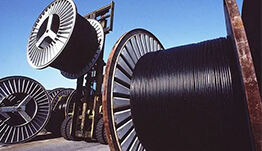RF mikrovolnoviy adapterni qanday tanlash kerak?
RF inzhenerlari va testerlar tomonidan kunlik ish jarayonida, sinov uskunalari, kalitlangan komponentlar va ulanish kabelarlari tashqaridan, turli xil speksiifikali RF mikrovolnoviy adapterlar ham ko'p uchraydi. RF va mikrovolnoviy ilovalar sohasida, to'g'ri adapterni tanlash muhimdir, chunki RF va mikrovolnoviy adapterlarni tanlash bizning uskunamizning sinov ma'lumotlarining aniqliqiga ta'sir qiladi. Qanday bir RF mikrovolnoviy adapter tanlashimiz kerak? Quyidagi qismda, muharrir sizga to'liq rivojlantirib beradi.
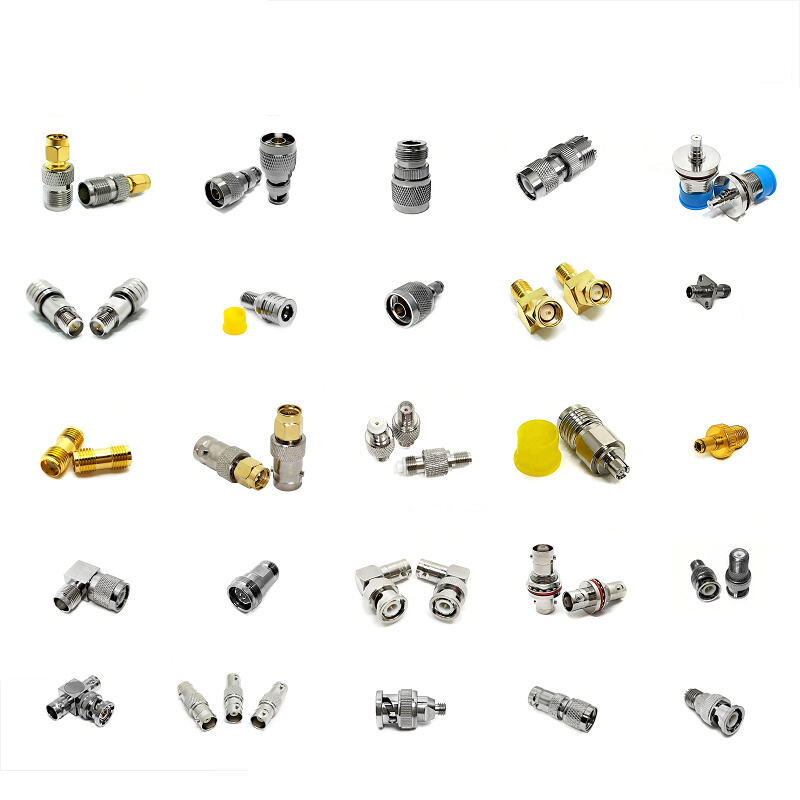
RF mikrovolnoviy adapter elektron o'lchovlarda muhim komponent bo'lib, sinov uskunasining va sinovga taklif etilgan obyekt orasidagi qo'llanma sifatida ishlaydi. U faqat signallarni yetkazishga yordam beradi, balki aloqa sifatini ta'minlash va signallik yo'qligi niyatlanmagan holda kamayishi bilan shugullanadi. Mikrovolnoviy sohasida ko'p adapter ishlatiladi va har bir adapter dizayni maxsus maqsad va ilovalarga ega.
Imtihon muhandislari uchun har kichik foydalaniladigan uzatuvchilar N-turli, BNC, SMA, 3.5mm, 2.4mm va 1.85mm ga kiradi. Avval har kichik foydalaniladigan ba'zi uzatuvchilarni tanlab tushunamiz:
N-turli koaksial uzatuvchi
U, murakkab vositalar bilan ishlaydigan uzatuvchi strukturasiga ega bo'lgan o'rta va yuqori quvvatli uzatuvchi hisoblanadi, zilzilalarga qarshi kuchli, ishlashining oldindan isbotlangan va mekhanik va elektrik xususiyatlarda yaxshi natija beradi. U RF modullari orasidagi ulanish, chaqiruv to'plami, quvvat bo'luvchisi, ulaydiganligi va boshqa sohalarda ham foydalaniladi.
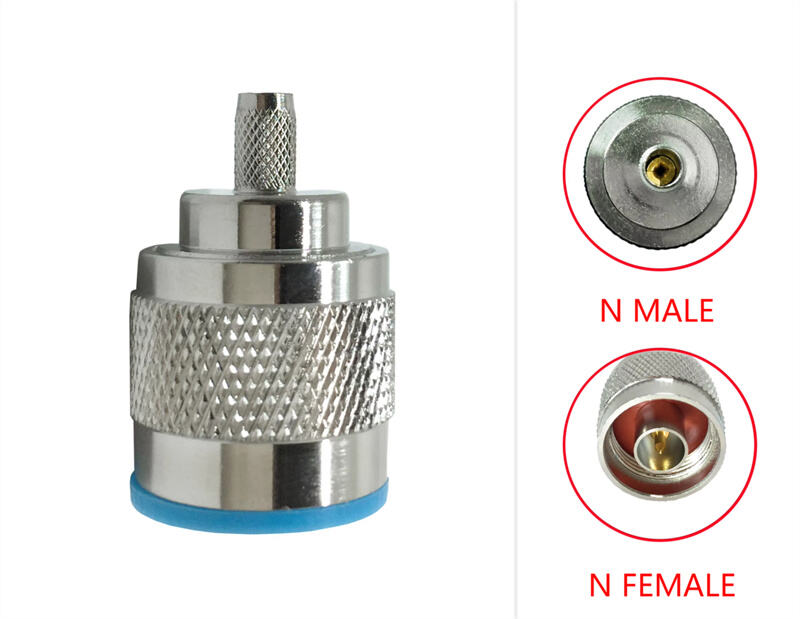
BNC koaksial uzatuvchi
U, tez ulanish va ishonchli kontaktlar bilan xususiyatlarga ega bo'lgan bayonet turdagi RF koaksial uzatuvchisidir, radiotexnika va elektronika asboblari sohasida keng tarqalgan.
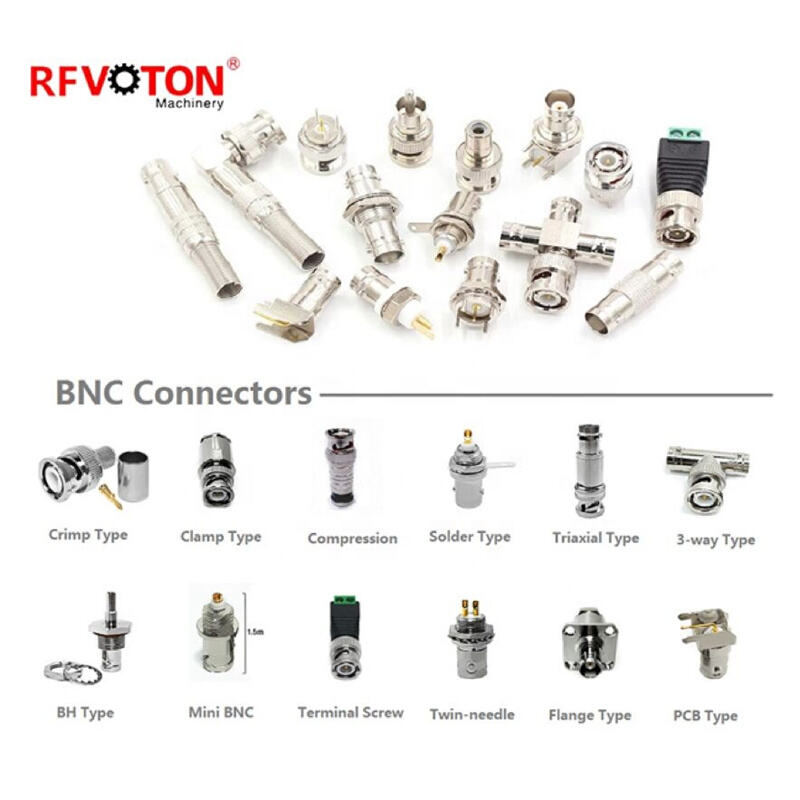
SMA seriyasi adapter
Keng qo'llaniladigan, kichik rovzali koaksial adapter. U yaxshi ishlash muddati va o'zgarishtirish orqali muhim jihatlarda ishlatiladi va mikrovolnli texnika va digital aloqa sohasida keng qo'llaniladi.
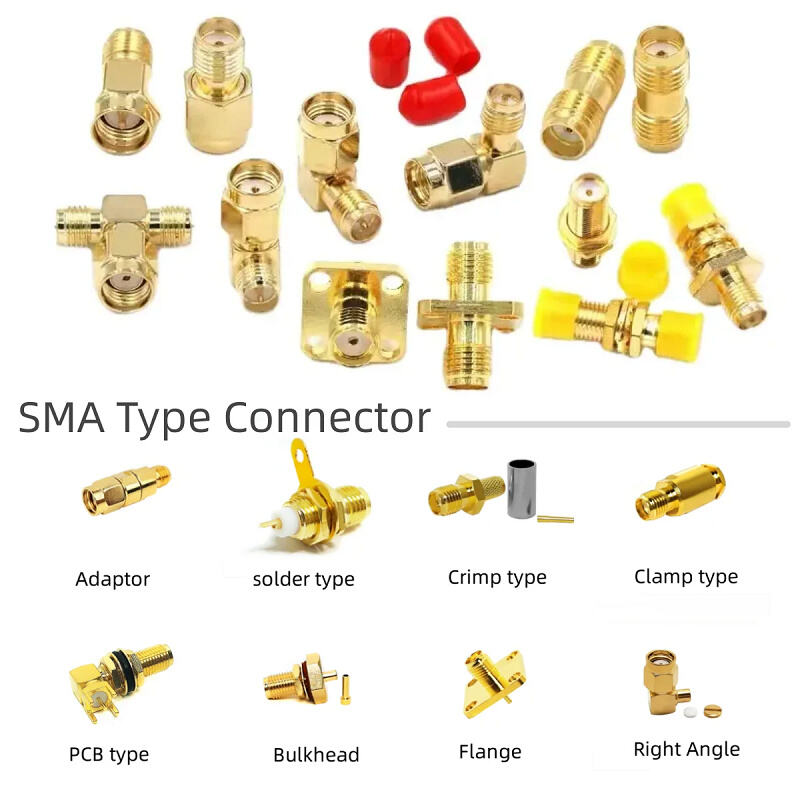
RF mikrovolnli adapter tanlashda qaysi omillar hisoblangan bo'lishi kerak?
Impedans: Boshqa hammasi mikrovolnli qurilmalariga o'xshash ravishda, xususiy impedans asosiy belgi sifatida hisoblanadi. Adapter xususiy impedansi ikkita turda: 50 Ω va 75 Ω. Takrorlanadigan RF adapterlar standart 50 Ω impedansga ega, 75 Ω TV tizimining adapteridan birinchi holatda istisna deb hisoblanadi.
Chegara oraligi: RF ishlovchi chastota 0Hz dan boshlanadi va bir necha darajaga bo'linadi. Adapterning chastota oralig'i etiborli ravishda hisoblangan bo'lishi zarur. Umumiy ravishda, tashqi proverka hajmi kichikroq bo'lganda, adapterning ishlovchi chastotasi yuqori bo'ladi.
Kiritish oʻqimi: Kiritish oʻqimi aksessuar haqidagi muhim koʻrsatkichlardan biridir va aksessuar uchun oddiy kiritish oʻqimi 0.1-0.5dB oraliqda boʻladi. Agar kiritish oʻqimi juda yuqori boʻlsa, uni tanlash maslahat berilmaydi.
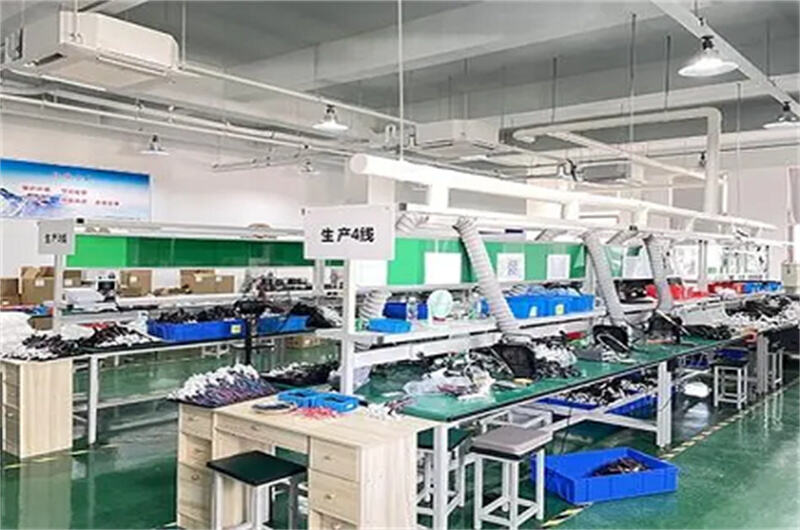
Elektr olinmay qolgan marta nisbati: Elektr olinmay qolgan marta nisbati RF mikrovolnli aksessuarlarni baholash uchun eng muhim koʻrsatkichlardan biridir va umuman aksessuarning sifatini oʻlchashda ishlatiladi. Umumiy holatda, elektr olinmay qolgan marta nisbatining diapazoni 1.2 ichida saqlanishi kerak. Ammo 1.2 ga yetgizish shart emas. Baʼzi holatlarda 1.5 yoki 2 dan past boʻlsa talabga javob bera oladi.
Yuqorida eslatilgan elektrik performansiga qo'lliq bo'lgandagina, adapterning ishonchli, o'tkir va davomiyligi hammasi ko'rsatilgan omillar orasida hisoblanadi. Yuqorida aytib o'tilganidan, har xil dastlabki belgilari va xususiyatlarga javob beruvchi adapterlarni faqat yuqori sifatdagi ishlab chiqarish va yetkazish jarayonlari yaratishi mumkin, bu esa adapter ishlab chiqaruvchilaridan yuqori texnik kuch va ishlab chiqarish jarayonlarini talab qiladi.
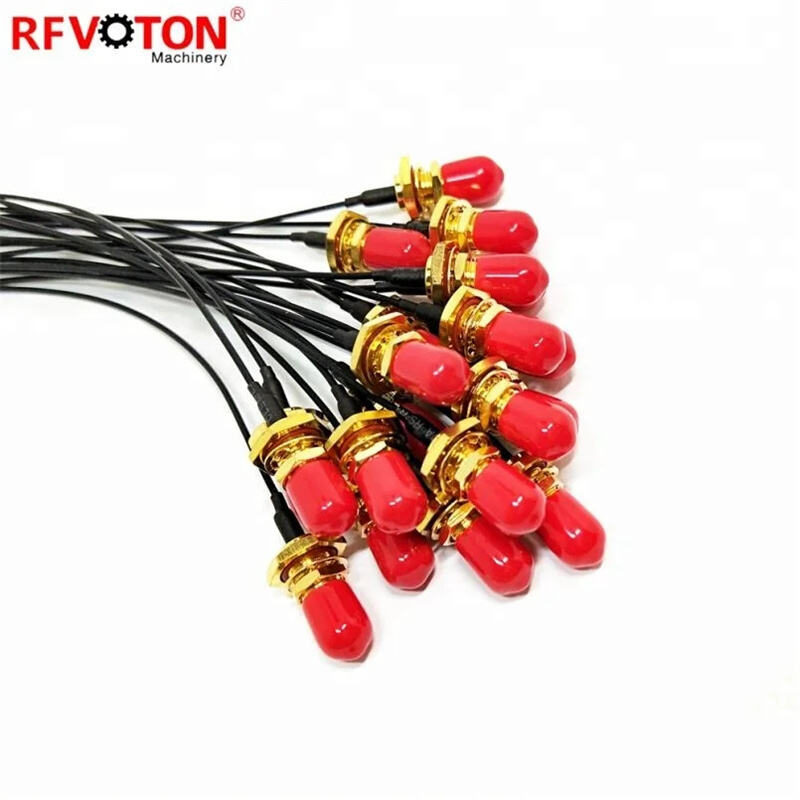
Yuqori standartlarga javob beradigan adapter ishlab chiqaruvchisini tanlash uchun biz Xinqiyuan Texnologiya kompaniyasini taklif etamiz. Ular RF mikrovolnoviy elektronika qurilmalari rivojlantirish va ishlab chiqarishga bog'liq ishlarda eng mashhur va RF texnologiyalariga oid yuqori darajali mutaxassislar tomonidan ishlab chiqarilgan. Ularning RF mikrovolnoviy adapterlari quyidagi imkoniyatlarga ega:
Yuqori osonlik: Xinqiyuan Texnologiya tomonidan ishlab chiqilgan RF mikrovolnoviy adapter qoshimchasining kengayishi bronza materialidan tashkil topgan va yuzigi altin to'kishtirish jarayonidan o'tkazilgan. U 48 soatli tola sharyor testini muvaffaqiyatli o'tkazishi mumkin va yuqori qadrlilikka ega, adapterning qattiq sharoitlarda oson va ulanishni oson tarqatishini ta'minlaydi. Bu yuqori osonlik va qadrlilikka ega bo'lib, yuqori darajali istifodalanish sahnasining talablariga javob beradi. U harbiy, kosmos, radar satelliiti, bepulik aloqalar va boshqa sohalarda keng ko'rinish beradi.

Uzoq ish jamiysi: Xinqiyuan Texnologiya tomonidan ishlab chiqilgan adapter strukturasining osonligi oson va qaroldan materiali metal altin to'kishtirish texnologiyasi orqali ishlab chiqilgan, ish jamiysi 500 marta dan oshib ketadi.
Aloqador standing wave nisbati: Xinqiyuan Texnologiya adapterining standing wave nisbati 1.2:1 ga teng va insert lossi 0.21dB, albatta ham yaxshi performansni ko'rsatadi.
Bir vaqtning oʻzida, adapterning stabilligini taʼminlash va uning turli moyiyatda normal ishlashini taʼminlash uchun, Xinqiyuan Texnologiyasi -55 ℃ dan +165 ℃ gacha boʻlgan moyiyatlar orasida normal ishlash uchun uni ham yaxshiladi.

Yangiliklar
-
RF ko'ksial ulagich nima? Xususiyatlari va qo'llanilish sohalari qanday?
2025-07-01
-
Bnc ulanishi
2024-07-22
-
Sma ulagichi
2024-07-19
-
BNC konnекторlar va SMA konnекторlar orasidagi farq
2024-07-03
-
Anti-interference koaksial kabelning qanday imkoniyatlari bor
2023-12-18
-
Koaksial ulanmalarining asosiy bilimlari bo'yicha to'liq yo'ldor
2023-12-18
-
Nega koaksial kabelning anti-interference quvvati shunday kuchli
2023-12-18

 EN
EN
 AR
AR
 BG
BG
 HR
HR
 CS
CS
 NL
NL
 FI
FI
 FR
FR
 DE
DE
 EL
EL
 HI
HI
 IT
IT
 JA
JA
 KO
KO
 NO
NO
 PL
PL
 PT
PT
 RO
RO
 RU
RU
 ES
ES
 TL
TL
 IW
IW
 ID
ID
 VI
VI
 HU
HU
 TH
TH
 TR
TR
 FA
FA
 MS
MS
 UR
UR
 HA
HA
 JW
JW
 LA
LA
 MY
MY
 KK
KK
 TG
TG
 UZ
UZ
 AM
AM
 PS
PS

